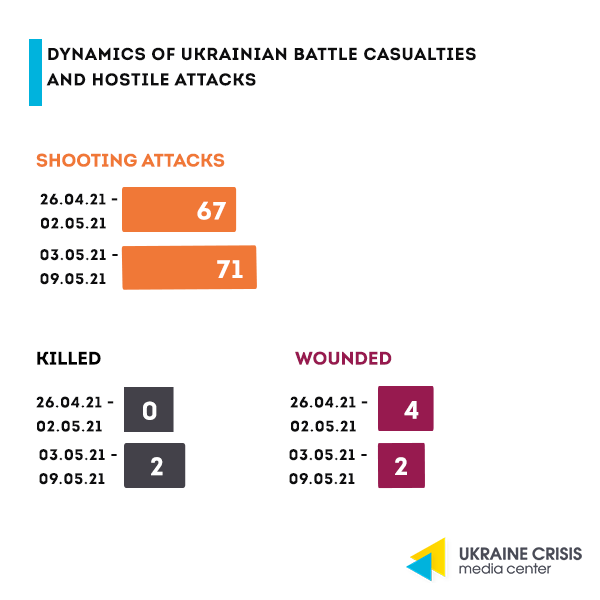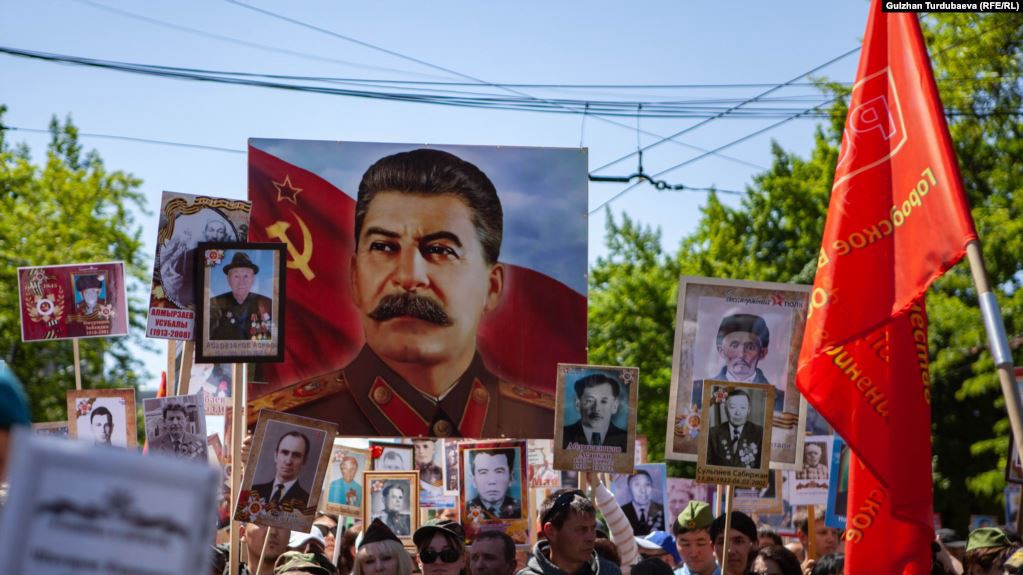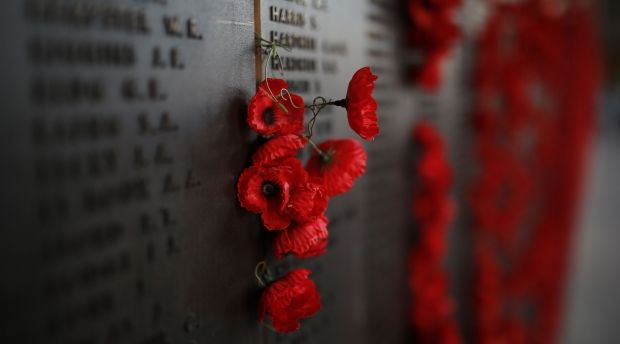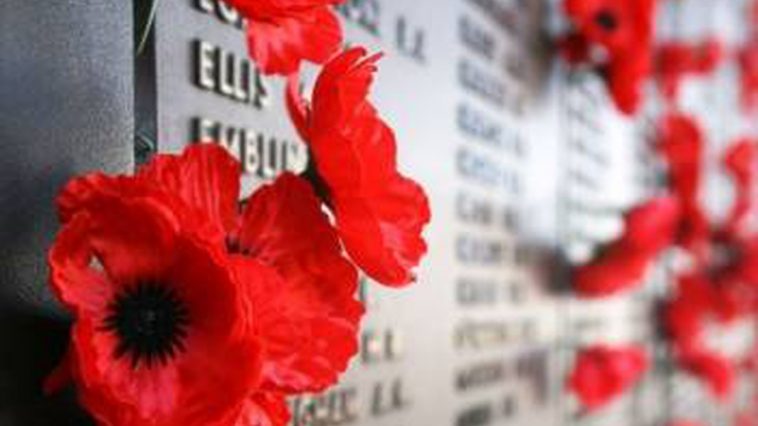Situation in the combat zone

On May 9, Ukraine’s Joint Forces recorded one ceasefire violation in the combat zone in Donbas. On May 8, Russia-backed militants violated the ceasefire nine times. There were no civilian or military casualties.
Ukraine military’s fallen in April 2021
Beyond the numbers: who were the Ukrainian troops killed in the frontlines in April? Read in English.
Immortal Regiment: how the Kremlin weaponizes World War II

The Immortal Regiment is a Russian initiative to commemorate the relatives combatants in World War II (or the Great Patriotic War, as they say). The tradition includes a march with the portraits of the fallen and those who survived the hostilities, it started in 2011 in the Russian city of Tomsk with “The Immortal Regiment” as people’s initiative. Considering that the countries of the former Soviet Union suffered the heaviest losses in WWII — the death toll reached 27 million — the initial desire to preserve the memory of these events is understandable. However, what started as a civic action transformed into a tool of influence and a part of “defeating fascism” political franchise, heavily employed by the Russian government in its internal and external policies, after authorities took control over the initiative. To learn how the transformation happened, read the full article in English.
Ukrainians’ views of World War II commemoration take center stage in a survey

The Ilko Kucheriv Democratic Initiatives Foundation and the Razumkov Center conducted a national survey with the Ukrainian public to better understand how Ukrainians currently view commemoration of the end of World War II. Some 2,021 adults ages 18 and older were polled nationwide except in Crimea, and the occupied areas of Donetsk and Luhansk region. The margin of the sampling error is 2.3 per cent. The survey was conducted between April 22 and 29, 2021.
Views of Stalin. Six-in-ten Ukrainians (62 per cent) give negative assessments of Stalin’s legacy in history. The regional breakdown is similar to the overall views: 78 per cent in the West, 69 per cent in the Center, 45 per cent in the South, and 44 per cent in the East have a negative view of Stalin’s historical legacy. Nearly 15 to 36 per cent of Ukrainians view Stalin’s legacy as both positive and negative (33 per cent in the South, and 36 per cent in the East).
German-Soviet Nonaggression Pact. Nearly half of Ukrainians (48 per cent) agree that the Stalin-Hitler agreement (Molotov-Ribbentrop Pact) that divided Europe paved the way for the start of World War II. Twenty-nine per cent disagree, while 23 per cent don’t know.
Remembrance and Reconciliation Day vs. Victory Day. Four-in-ten Ukrainians (41 per cent) say that both days need to be observed as end-of-war commemoration – May 8, the Day of Remembrance and Reconciliation, and May 9, the Day of Victory over Nazism in World War II. Thirty-one more per cent say that only May 9 is to be observed, nine per cent – only May 8. Ten per cent say they do not care. The Day of Remembrance and Reconciliation as the only end-of-war commemoration choice finds the broadest support in the West (22 per cent). In the East and in the South, nearly half of Ukrainians (42 per cent and 48 per cent, respectively) say the Day of Victory over Nazism in World War II is the only commemoration day to observe.
Anti-Hitler alliance. Nearly half of Ukrainians (46 per cent) agree that the Soviet Union would have not been able to defeat Nazi Germany without the Allies. Thirty-five per cent disagree, and 19 don’t know.
Views of UPA and Stepan Bandera. Forty-six per cent of Ukrainians approve of the government decision to recognize the UPA (Ukrainian Insurgent Army) as fighters for Ukraine’s independence. Twenty-nine per cent disapprove of the initiative, nine per cent do not care, and 16 per cent do not know. Some 32 per cent view Stepan Bandera’s legacy as positive, an equal share of the public see his legacy as negative. Twenty-one per cent of Ukrainians view his legacy as both positive and negative.
How Ukraine is fighting COVID-19

In Ukraine, the third wave of COVID-19 infections is slowing down. In past weeks, new daily cases and hospitalizations plummeted, and recoveries outnumbered new infections. The death rate is still high.
According to Health Minister Maksym Stepanov, the third wave of COVID-19 that lasted two months was the deadliest.
The surge peaked between late March and early April. Hospital bed occupancy rates hit record high as 44,000 patients were on oxygen support.
On May 9, Ukraine reported 2,817 new coronavirus cases, 119 deaths, and 9,002 recoveries.
By the daily number of infections, Ukraine ranks 18th in the world and sixth in Europe.
Vaccinations. On May 9, 1,004 vaccine doses were administered in Ukraine. Since COVID-19 vaccine distribution began, 863,645 doses have been administered, vaccinating 863,643 people, and fully vaccinating 446 people (two people received the first dose abroad).
According to the vaccine distribution plan, Ukraine has purchased over 21.913 million vaccine doses (part are to be shipped) including 8.94 million Oxford/AstraZeneca vaccine doses, 10 million Novavax doses, over 1.91 million Sinovac vaccine doses, and 1.07 million Pfizer/BioNTech doses.




